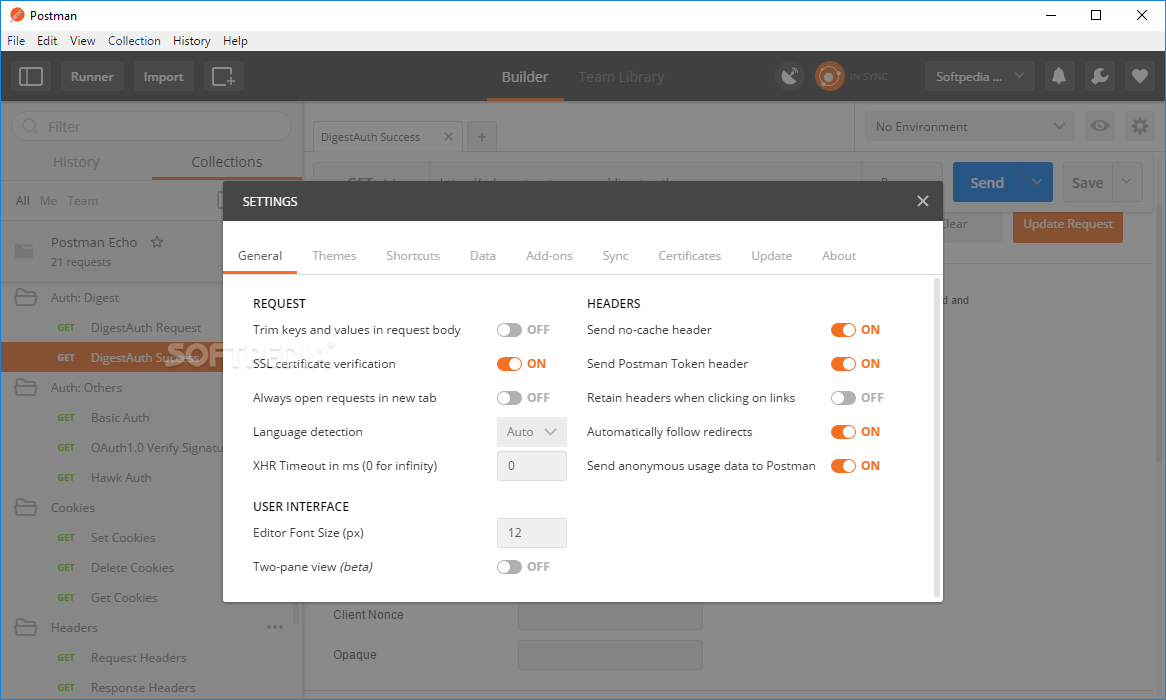

We’re looking to understand how you’re consuming and building your APIs, and how we can help you optimize each aspect of your operations. We need to understand where you manage your APIs, and where you would run your agents. To help move things forward with the web version of Postman and the Postman agent, we’d like to get your feedback.

Try the Postman agent out and give us your feedback

The reason for that is we wanted beta users to be able to get up and running without having to deal with certificate issues. We also want to let you know that we’ve implemented fully encrypted connections, but have not turned that encryption on for the beta release. (Making API calls using Postman in the browser is currently in beta, and so is the Postman agent.) The above diagram breaks down how the Postman agent works with the agent service to securely route API requests to be executed locally, then also makes sure the response gets routed back to the web application. The Postman agent employs a TCP connection using WebSockets to publish and subscribe to a JSON payload that uses our internal collection execution protocol. Architecture diagram for the Postman agent Once it is downloaded, installed, and switched on in the Postman web application, API requests will begin being routed locally to the agent, which will work with the Postman agent service (PAS) to make each API request, and coordinate with the web application interface.
#Download postman download
The first time you visit Postman on the web to make requests you’ll be prompted to download the Postman agent for your operating system. The Postman agent enables you to bypass the limitations that exist in the browser-while maximizing the access that exists locally on your desktop-by allowing API requests to originate in the browser, but be routed through your local machine and network, and back again. To overcome limits in the browser, the Postman web interface will now route API calls to the local agent, and the agent will make API requests locally on your behalf, using your local profile, configuration, and network to make each request and pass the response back to the web interface. The Postman agent is a micro-application that runs locally on your desktop and acts as your agent for making API calls on your behalf. This work resulted in us developing the Postman agent. To allow developers to make API requests on the web as part of this latest release, we had to find a way to get around these browser limitations. We needed a new approach to solve this issue, and so the Postman engineering team got to work to find a breakthrough. In our journey back to the web, the CORS limitation was a fundamental, ongoing issue that hindered our ability to bring an amazing API developer experience to the browser.
#Download postman mac
In the early days of Postman, these challenges with CORS while working with APIs in the browser quickly pushed Postman from the web to the desktop, resulting in the Windows and Mac versions of the Postman app that developers depend on today. This feature protects website users from malicious activity, but it is also something that negatively impacts one of the core capabilities of web APIs: the accessing of data, content, media, and algorithms across a variety of domains.Īs a developer, if you’ve had the chance to work with many APIs using JavaScript in the browser, then you have no doubt encountered challenges using cross-origin resource sharing (CORS). Leading browsers like Chrome and Firefox restrict how data is exchanged between different internet domains, limiting requests to the domain you have loaded in the address bar.

Modern browsers are great for humans surfing websites, but they have limitations when it comes to pulling data from APIs across many different domains. The limitation of cross-origin resource sharing (CORS) in browsers We needed to overcome a fundamental limitation of browser architectures to truly bring the Postman experience to the web. (We encourage you to read the launch blog post here.)īut bringing Postman to the web wasn’t as easy as simply building a browser-based UI. Today we announced a new beta version of Postman that we’ve been working on to address a wide range of requests from our fantastic user community: Postman on the web.


 0 kommentar(er)
0 kommentar(er)
